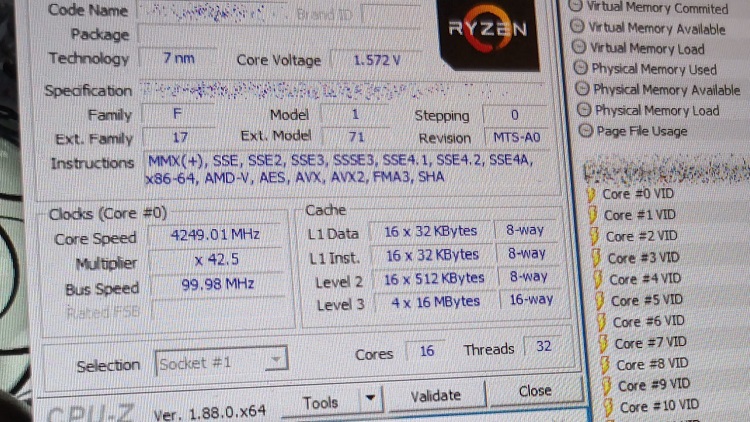No, because the main point of the IO die is to decouple stuff that doesn't scale with process (mainly IO as transistors that can source and sink 25mA can only be made so small, same goes for the differential receivers and transmitters for PCIe, USB3, Thunderbolt, HDMI, DVI, DP, SATA, etc.) from stuff that does (CPU/GPU), so a 7nm IO die wouldn't be much smaller than a 12-16nm one.Would a shrunken I/O die, a 7nm 8 core chiplet, and 16 gb of HBM2 actually be feasible on an am4 package?
If AMD really wanted to make an HBM APU for AM4, it would likely need to stack HBM on the IO die.


